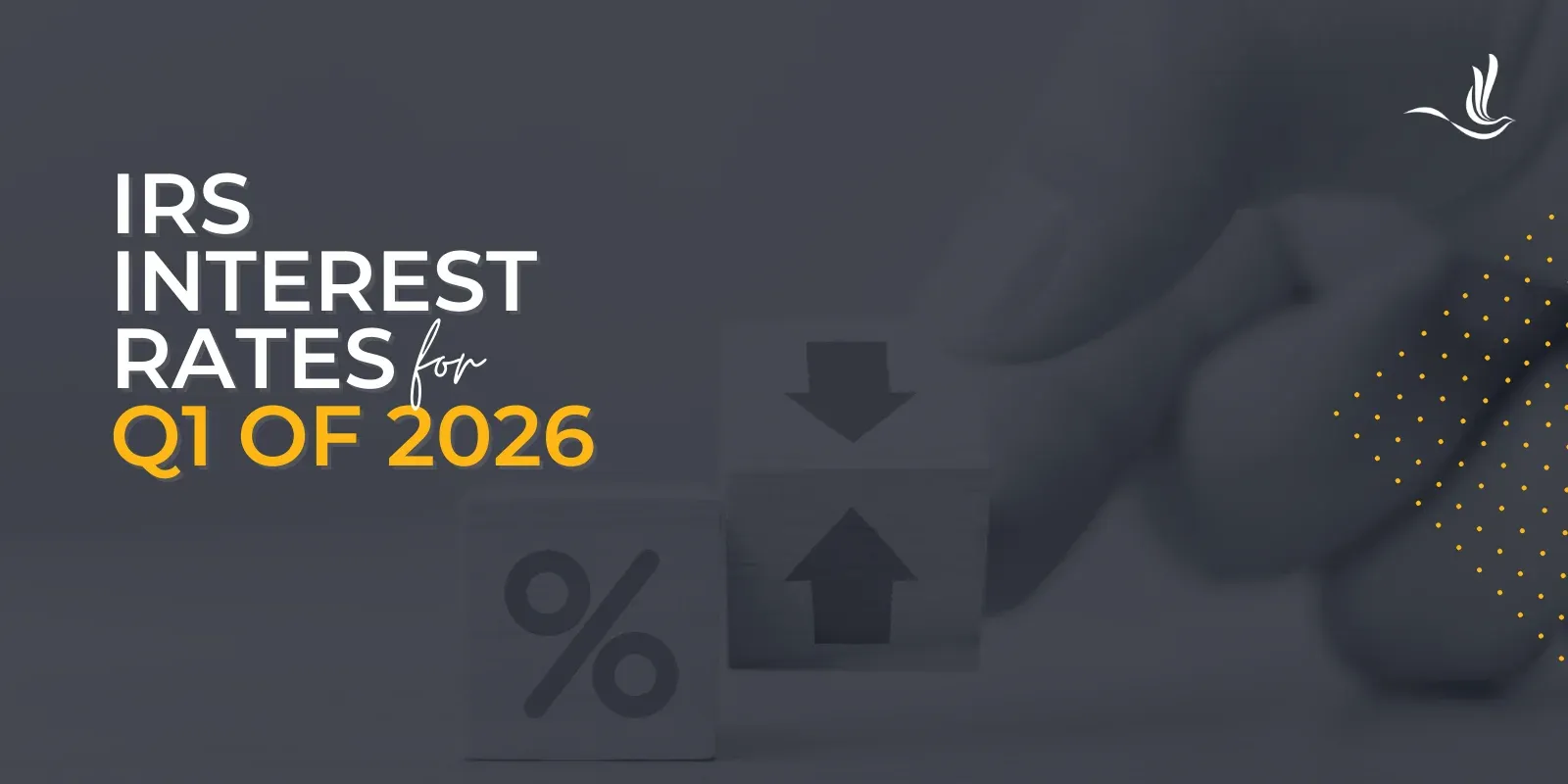You might have heard about the Department of Education’s overhaul of income-driven repayment (IDR) plans for federal student loans. This includes a new IDR plan, which really just modifies the existing Revised Pay As You Earn plan. As part of the Biden administration’s attempt to simplify income-driven plans and make the modified REPAYE plan the default “IDR repayment plan” for student loan borrowers going forward, it will block enrollment to the Pay As You Earn repayment plan (PAYE) after July 2023.
This brings up several questions for borrowers who are currently on PAYE. Note that if you’re currently on PAYE, you can remain on PAYE.
You don’t need to do anything to sign up or affirm that you wish to remain on PAYE.
However, in the future, you must be very careful about leaving the PAYE plan, it won’t be possible to get back on it.
1. Proposed changes to REPAYE 2. Reasons to stay on PAYE 3. Before switching to the new REPAYE plan 4.When it makes sense to switch to the new REPAYE plan 5. What should borrowers on PAYE do next?
Proposed changes to REPAYE
Before discussing the reasons why you might want to stay on PAYE, let’s review the proposed changes to REPAYE. Under current rules, PAYE and REPAYE have a very similar payment calculation. Borrowers can deduct 150% of the poverty line, based on their family size, from their adjusted gross income.
Then, 10% of their remaining discretionary income is their annual student loan payment.
The Biden Administration proposes raising the poverty line deduction to 225% for REPAYE. Additionally, monthly payments would be 5% of borrowers’ discretionary income for undergrad-only borrowers, 10% for grad-only borrowers and a weighted average of those numbers if you have debt from both undergrad and grad school.
REPAYE would also waive 100% of unpaid interest whenever a borrower’s calculated payment is not enough to cover all of the annual interest. Importantly, REPAYE would now allow borrowers to file taxes as “married, filing separately” and exclude spousal income from the payment calculation.
Download Our New IDR CalculatorReasons to stay on PAYE
Despite the positive changes to REPAYE, the Biden administration intends to maintain the 25-year repayment period for graduate borrowers. The main reason a borrower might want to stay on PAYE is for the ability to maintain a 20-year repayment period until loan forgiveness.
Shorter repayment term
Although REPAYE offers most borrowers a lower student loan payment, the additional five years of payments vastly outweighs the lower payment.
Those last handful of repayment years are likely peak-earning years and thus are the largest payments during the term.
Let’s take the example of a borrower who owes $400,000, and with a current income of $150,000. They expects to get large raises over the next several years, bringing their income up to $300,000. Because they plan to stay single, their monthly student loan payment is only about $100 lower on REPAYE compared to PAYE. However, their average monthly payment over the last five years on REPAYE would be $3,500.
Due to REPAYE’s interest subsidy and the last five years of payments, the remaining balance would be about $300,000 after 25 years.
If they stayed on PAYE, their balance would increase to almost $500,000 at the end of the 20 years because of the accrued unpaid interest. This would create a larger tax bomb.
However, PAYE would save almost $100,000 compared to REPAYE all-in-all, because of the five fewer years of payments, and they can enjoy the freedom of being student debt-free five years sooner.
Payment caps
The Biden administration hasn’t proposed a payment cap for REPAYE, so the second reason to stay on PAYE is maintaining access to a payment cap. Take a physician who signed up for PAYE during residency. He could have low monthly payments while building credit toward 20-year loan forgiveness or 10-year Public Service Loan Forgiveness (PSLF).
The payment cap was established when he joined PAYE, and when he starts his attending career, his monthly payment can never eclipse that capped payment amount no matter his future income.
If left PAYE to get a lower monthly payment on the new REPAYE plan, he would lose that payment cap. As a result, his monthly payment might skyrocket while he is an attending physician, leaving no loan balance left to forgive at the end.
Before switching to the new REPAYE plan
First, it is worth pointing out that if you are on PAYE and you borrowed your loans on or after July 1, 2014, you would still have access to the Income-Based Repayment (IBR) plan for new borrowers if you decide to leave PAYE.
That plan is almost identical to PAYE. PAYE has one small advantage over IBR — a limit on the capitalization of interest if you don’t have a partial financial hardship — which is why we never recommended the IBR plan for new borrowers.
IBR was established by federal law so changing it requires a majority vote in the House and 60 Senate votes. This makes it much more difficult to remove or change.
On the other hand, the Obama administration established PAYE and REPAYE plans by executive order.
Those who borrowed on or after July 1, 2014 will most likely retain the ability to choose between REPAYE and the benefits of PAYE via IBR in the future. If anyone who borrowed before July 2014 leaves PAYE after July 2023, they would forever forfeit access to PAYE’s benefits. It is crucial that you weigh this decision, carefully.
If you are concerned about potential legal challenges to the new REPAYE plan, that’s a good reason to remain on PAYE for now and wait for the dust to settle.
For instance, let’s say the proposal allowing borrowers to file taxes as “married, filing separately”, and excluding spousal income under REPAYE is not finalized. Because PAYE has that benefit, switching to REPAYE would lead to a huge increase in monthly payments for many borrowers.
Finally, even with these new benefits for REPAYE, switching to REPAYE requires recertifying your income right now.
Because borrowers were not required to recertify income during the pandemic, a lot of people will have much lower payments based on past income. Currently, borrowers aren’t required to update with their current repayment plans until 2024 or 2025.
Even if the apples-to-apples math shows that REPAYE results in a lower payment than PAYE, you might save money by waiting to switch plans to delay income recertification for as long as possible.
When it makes sense to switch to the new REPAYE plan
It’s possible that someone currently on PAYE could save money by switching to the new REPAYE plan. Those with larger family sizes and a larger percentage of total debt coming from undergraduate loans would enjoy the largest payment decreases.
Let’s say the borrower in our first example has the same income, and a loan balance of $300,000, $50,000 of which is from undergraduate years. They are married with three kids and chose the PAYE plan to exclude their spouse’s income by filing taxes as married, filing separately.
This ability used to be PAYE’s biggest advantage over REPAYE for many married borrowers, but the new REPAYE plan allows the same option for tax filing.
The larger poverty line deduction of for new REPAYE makes a much bigger impact for borrowers with larger family sizes.
In our sample scenario, the borrower would pay less than 10% of their discretionary income due to their unpaid undergraduate loan balance. As a result, they would save almost $500 a month on REPAYE, but the 100% subsidy for unpaid interest would prevent their balance from growing, keeping the tax bomb close to what it would be if they stayed on PAYE.
As a whole, they would save about $70,000 by switching to REPAYE, which might be worth delaying loan forgiveness by five years.
What should borrowers on PAYE do next?
Borrowers on PAYE who borrowed loans before July 1, 2014 should keep in mind that they can switch to REPAYE later, but there’s no going back. Those who borrowed their loans on or after July 1, 2014 can still choose between REPAYE and IBR for new borrowers, which is virtually identical to PAYE.
Either way, there’s no rush to make this decision — you have time to wait for the dust to settle, legally and politically. Subscribe to our email list to get access to the latest Student Loan Calculator updated with the new REPAYE rules and receive weekly email updates that include the latest modified REPAYE news.
You can also meet with us to find out if you are better off on PAYE or the modified REPAYE plan, and get advice on filing 2022 taxes jointly or separately with your spouse.
Get a Student Loan Plan Refinance student loans, get a bonus in 2023 1 Disclosures $1,050 BONUS1 For 100k+. $300 bonus for 50k to 99k.1 VISIT LAUREL ROAD Variable 4.74-7.65%1 Fixed 4.74-8.99%1 2 Disclosures $1,000 BONUS2 For 100k+. $300 bonus for 50k to 99k.2 VISIT SPLASH Variable 4.59-9.24%2 Fixed 4.47-9.24%2 3 Disclosures $1,000 BONUS3 For $100k or more. $200 for $50k to $99,9993 VISIT SOFI Variable 5.09-8.99%3 Fixed 4.74-8.99%3 4 Disclosures $1,000 BONUS4 For 100k or more. $200 for 50k to $99,9994 VISIT EARNEST Variable 4.99-8.94%4 Fixed 4.47-8.99%4 6 Disclosures $1,275 BONUS6 For 150k+. Tiered 300 to 575 bonus for 50k to 149k.6 VISIT ELFI Variable 4.53-8.24%6 Fixed 4.83-7.79%6 7 Disclosures $1,250 BONUS7 For $100k or more. $100 to $350 for $5k to $99,9997 VISIT LENDKEY Variable 1.90-5.25%7 Fixed 2.49-7.75%7 8 Disclosures $1,250 BONUS8 $350 for 50k to 100k8 VISIT CREDIBLE Variable 3.27-11.67%8 Fixed 3.94-11.87%8 Not sure what to do with your student loans?Take our 11 question quiz to get a personalized recommendation for 2023 of whether you should pursue PSLF, Biden's New IDR plan, or refinancing (including the one lender we think could give you the best rate).
Take Our QuizOriginal Article






